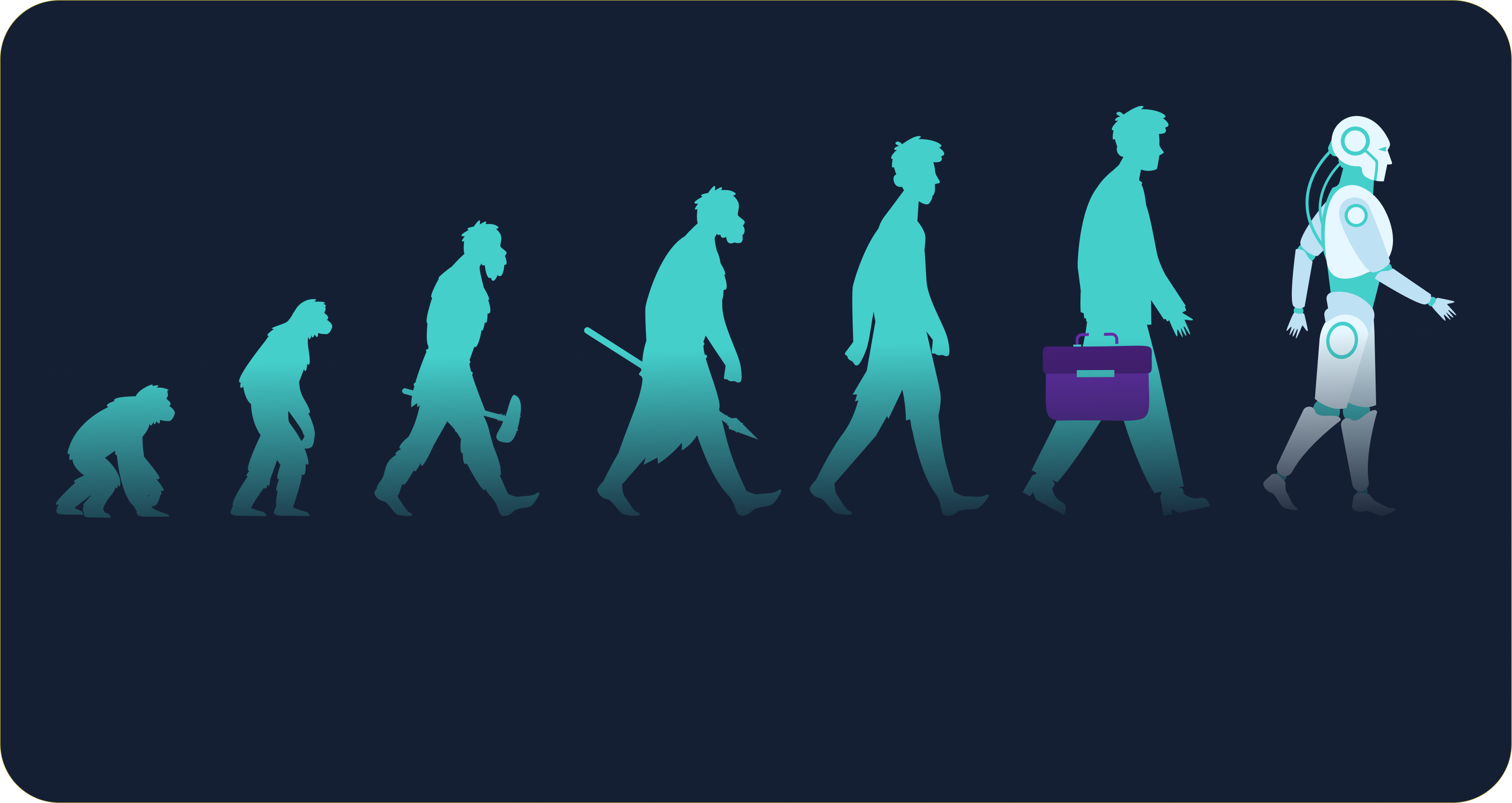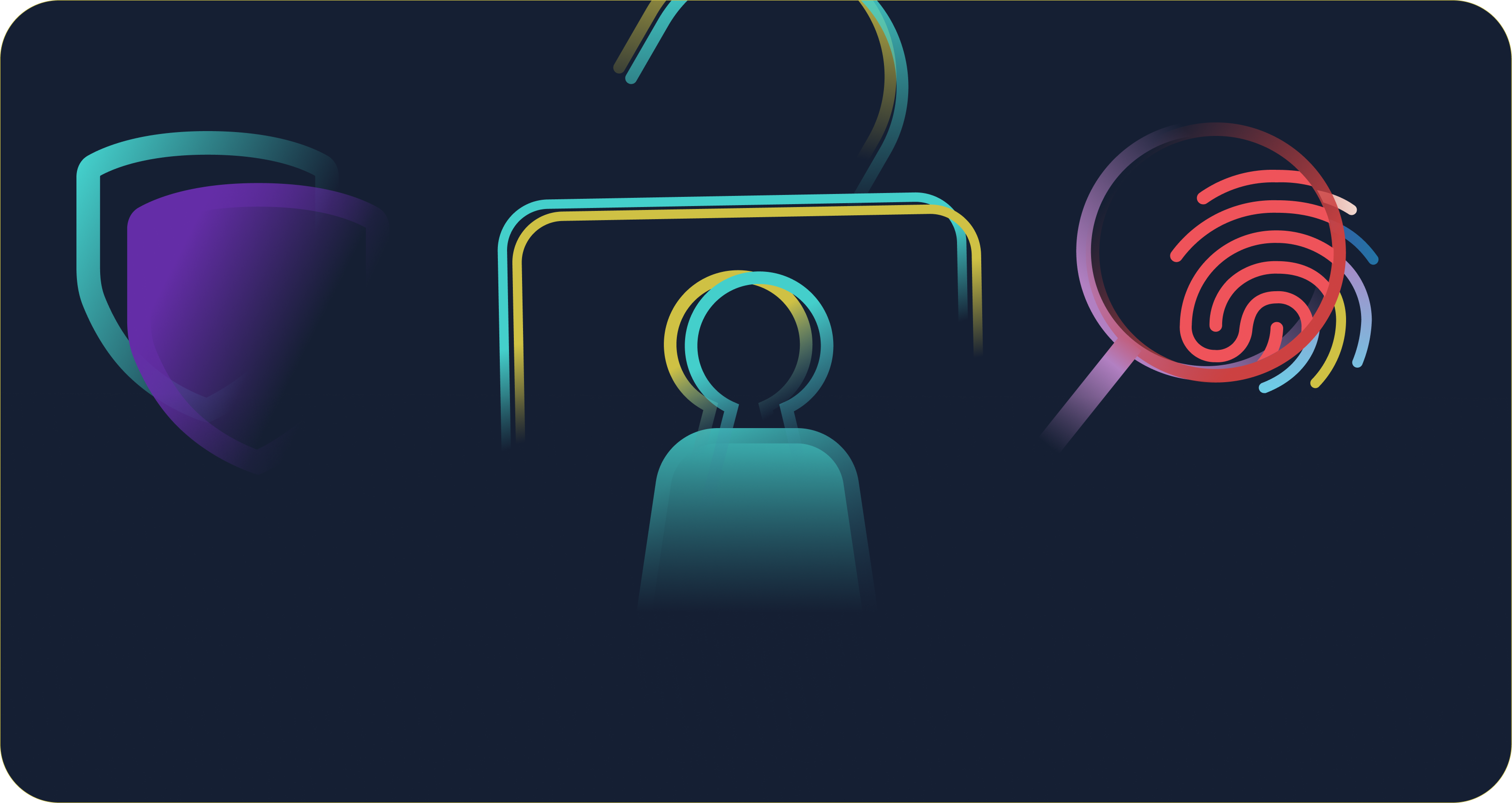Redefining financial literacy through innovation and community
We can work smarter, not harder, to grow wealth in our communities
April is National Financial Literacy Month in the United States. It’s a month dedicated to raising public awareness about the importance of financial literacy and teaching Americans how to establish and maintain healthy financial habits.
In a 2023 study published by the Stanford Institute for Economic Policy Research, researchers had Americans respond to a set of three questions that would reveal their financial knowledge. Less than 30 percent of participants were able to answer all three questions correctly. Ultimately, the study demonstrated Americans’ lack of understanding when it comes to simple financial skills such as knowing how inflation works, how to make simple interest-rate calculations, and how to accurately assess investment risk.
All this to say: Americans are having a hard time managing their money. A solution seems simple though, right? Theoretically, education and accessible resources would improve this lack in financial knowledge — which is even more prevalent in those who are young, less educated, female, unemployed, or part of racial minority groups. But are these groups truly suffering from a lack of financial literacy, or are they in need of assistance when it comes to breaking down the financial roadblocks in front of them?
The state of financial wellness in U.S.
Traditional models of financial literacy promise that with increased knowledge, individuals should be able to experience better financial outcomes, have less debt, and achieve a higher quality of life. However, especially for populations predisposed to having less literacy, this promise isn’t as straightforward as we’d like to think.
The barriers to financial fitness in the U.S. go far beyond a general lack of knowledge. The factors that can hold someone back from choosing the right loan, paying off their debt, or even living comfortably “within their means” are more often the consequences of broader financial trends.
78 percent of Americans are living paycheck to paycheck, and that majority is increasing year-over-year. Additionally, three-quarters of Americans struggle to save and invest once they’ve paid their monthly expenses. A global cost of living crisis also impedes one’s ability to grow and maintain wealth, two out of three workers reporting the cost of goods is still rising faster than their pay.
Aside from low wages, individual financial health is also a product of generational attitudes and past financial traumas. For example, while Gen Z is the age group most likely to have participated in a financial education program, it is still the generation with the lowest financial literacy. Corresponding research shows this may have to do with the generation that raised them. Gen X, having faced a unique set of economic challenges such as the Great Recession and a pandemic, have increased financial stress and anxiety, 60 percent indicating that their finances negatively impact their mental health.
Rethinking what it means to be financially literate
On the surface, financial literacy, and in turn growing one’s wealth, sounds like something that can be earned or acquired through some hard work. The phrase, “Pull yourself up by your bootstraps” comes to mind. As we know the saying today, it means to succeed without any outside help. Originally, however, it meant to attempt something completely absurd or impossible. This meaning is a much better fit of the phrase when it comes to gaining financial literacy. In today’s world, having financial knowledge and being able to grow and maintain personal wealth is an almost impossible prospect for the average American for reasons beyond most our control.
We shouldn’t expect individuals to achieve the impossible, just like we shouldn’t mistake a lack of financial knowledge as a personal or moral failing. Rather, widespread financial illiteracy is a reflection of a broken system — a broken system that requires change across the board to fix. Acquiring financial knowledge is just a first step to correcting the generational forces that keep Americans from thriving.
Moving beyond financial literacy
In this day and age, we would all be better served by viewing financial literacy as a concept that goes beyond the individual.
Let’s start with building financial literacy through community. Financial institutions like credit unions and community banks, have a special opportunity to promote financial literacy at a local level. These initiatives can begin at the youth education level in the form of workshops and classes, but banks and credit unions can also take measures to increase financial transparency and community guardrails that protect their members and keep their best interests in mind. This approach is even more crucial as the research shows that financial literacy plays only a small part in reducing the risks of predatory lending.
Financial literacy in the U.S. will only ever be as strong as our financial institutions allow it to be. A new and equitable perspective on financial literacy will emphasize a duty of care that financial institutions owe to their communities. To close the knowledge gap that keeps protected classes from thriving, financial institutions have a responsibility to keep up with innovation and use the tools at their disposal to lend fairly and make financial freedom an accessible reality for all.

